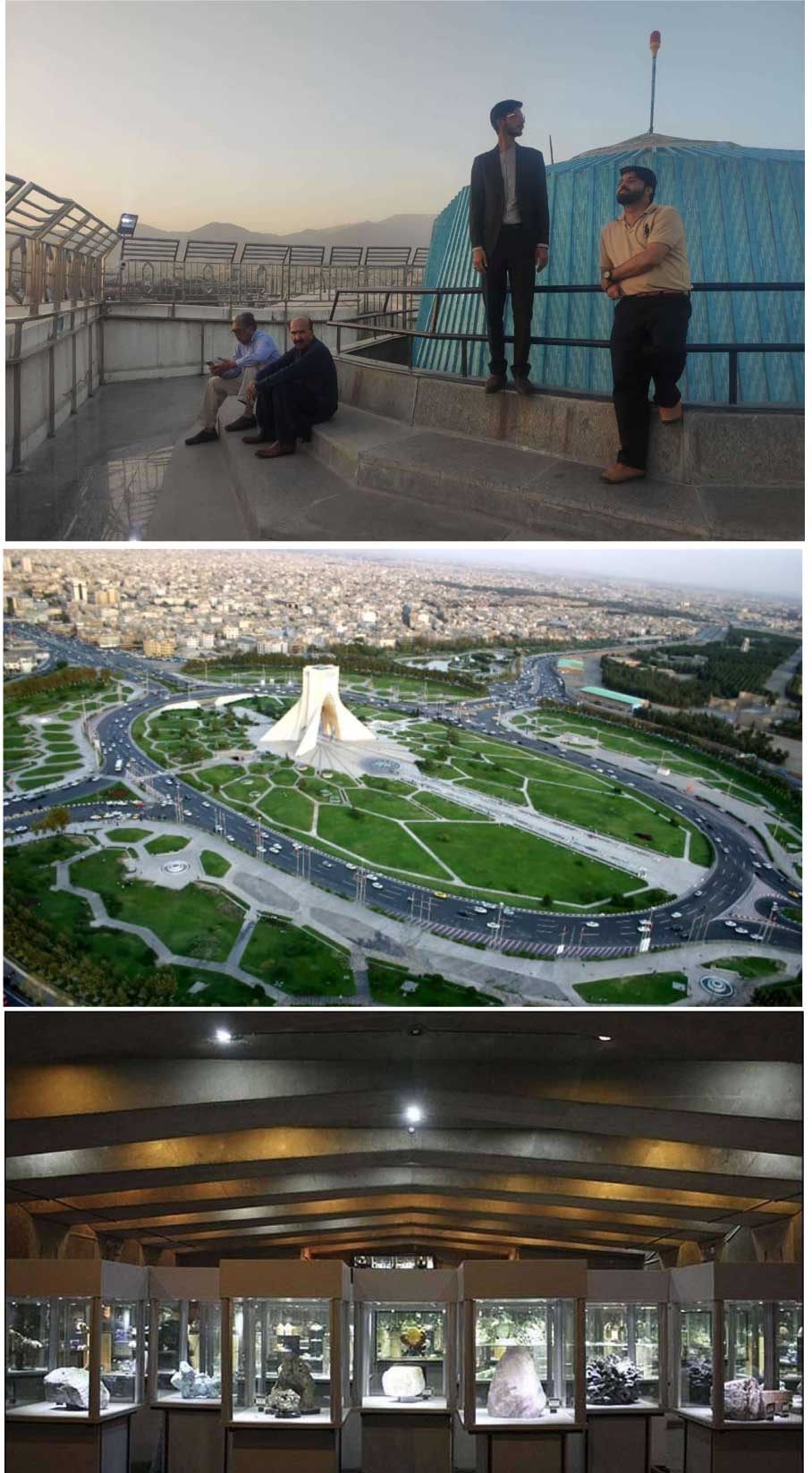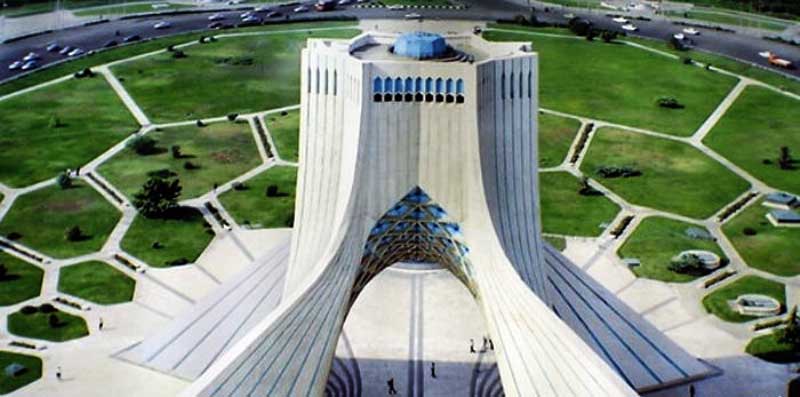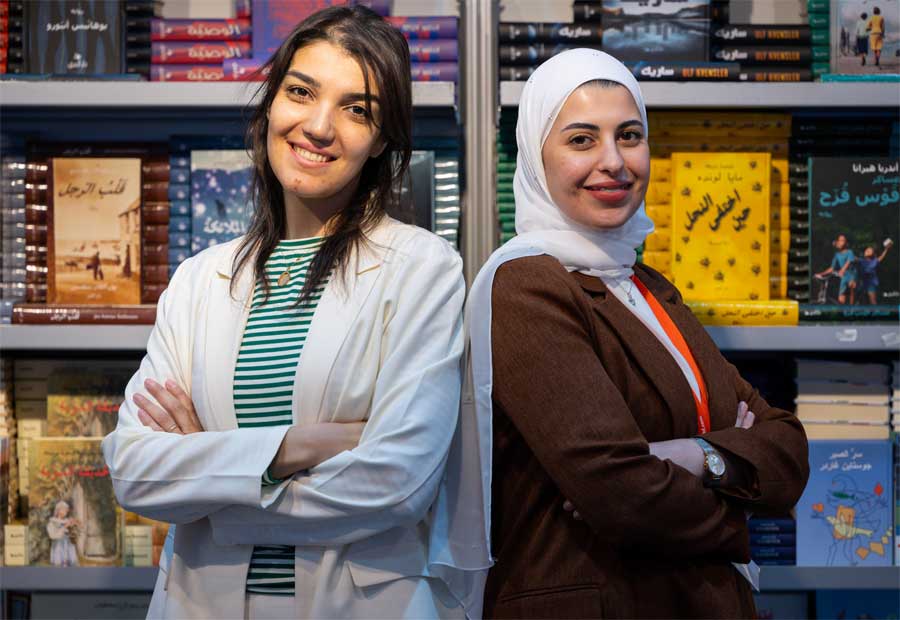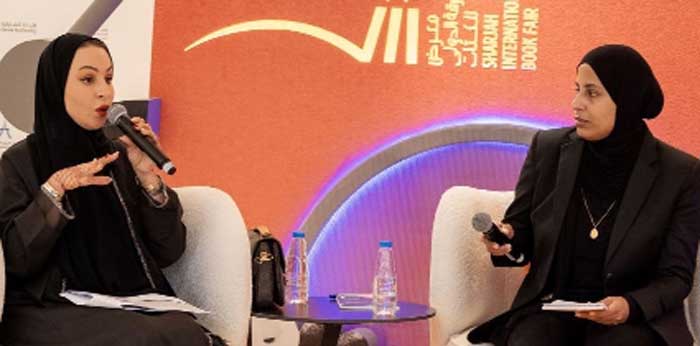
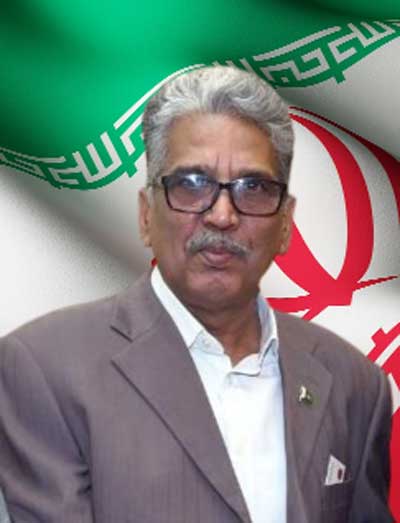
After the visits of the Tehran Museums our next stop was for the Azadi Park Tehran, it was situated in the bustling metropolis of Tehran, stands as a serene oasis amidst the city’s hustle and bustle. This green haven, also known as Azadi Park, offers a refuge for weary city dwellers and tourists alike, providing a delightful escape from the urban chaos that characterizes Iran’s capital. As we explore the wonders of Azadi Park, we’ll discover the rich history, captivating landscapes, and recreational opportunities it has to offer.
A Brief History
Azadi Park, officially named “Shahyad Park” or “Azadi Square,” is a testament to Iran’s historical and cultural heritage. The park’s central feature is the iconic Azadi Tower, a symbol of Iran’s struggle for freedom and independence. Built in 1971, the Azadi Tower commemorates the 2,500th anniversary of the Persian Empire and has since become an emblematic landmark of Tehran.
Lush Greenery and Scenic Beauty
The park itself spans over an impressive 50 acres, boasting meticulously landscaped gardens, tree-lined walkways, and vibrant flower beds. Strolling through Azadi Park, you’ll be greeted by the sight and scent of a wide variety of plants and trees, including cherry blossoms, maples, and oaks, which provide a refreshing respite from the city’s concrete jungle. The park’s verdant surroundings make it a popular spot for picnics, family outings, and romantic walks.
Azadi Tower: An Architectural Marvel
The crowning jewel of Azadi Park is undoubtedly the Azadi Tower, designed by the renowned architect Hossein Amanat. This striking structure, standing at 45 meters (148 feet) tall, represents both modernity and the country’s rich cultural heritage. Its unique design incorporates elements of Sassanid and Islamic architecture, creating a stunning blend of tradition and innovation. Visitors can ascend the tower to an observation deck for panoramic views of Tehran, making it a must-visit attraction for tourists and locals alike.
Cultural and Educational Facilities
Beyond its natural beauty and architectural splendor, Azadi Park offers a range of cultural and educational facilities. The park hosts art exhibitions, cultural events, and outdoor concerts, providing a platform for local artists to showcase their talents. It also houses a museum inside the Azadi Tower, which displays artifacts and historical documents detailing Iran’s long and storied past.
Recreational Activities
Azadi Park is not just a place for leisurely walks; it also caters to the active and sporty. The park features sports facilities, including basketball courts, tennis courts, and a jogging track, ensuring that visitors can engage in physical activities amidst the lush surroundings. It’s a popular spot for joggers and fitness enthusiasts looking to escape the city’s pollution and traffic.
The Azadi Tower Museum:
Located inside this iconic tower is a museum that offers visitors a comprehensive look at Iran’s history, culture, and heritage. The museum’s exhibits are thoughtfully curated to provide a chronological journey through Iran’s past, from ancient civilizations to modern times.
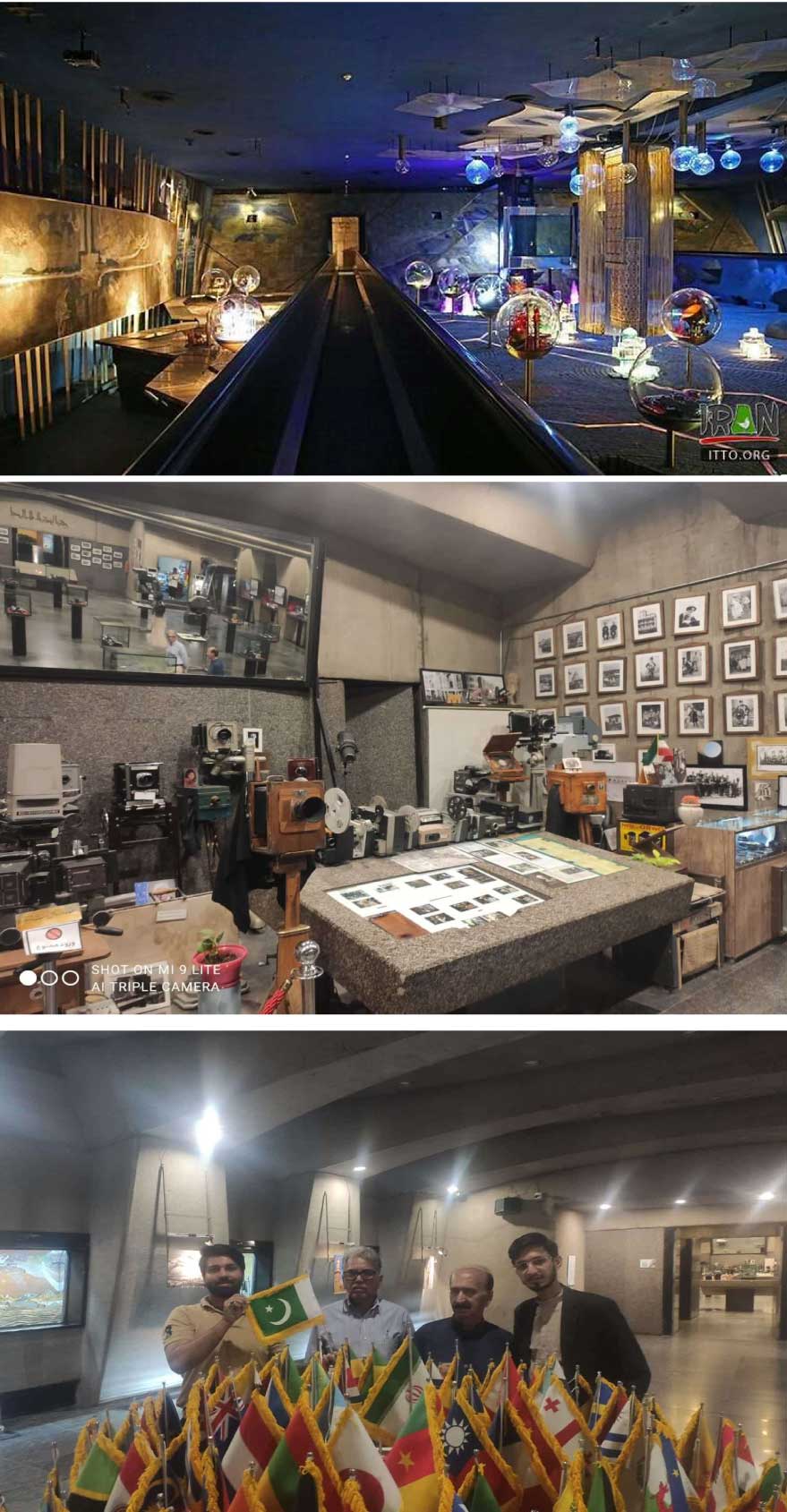
Ancient Artifacts: The museum’s collection includes a wide range of ancient artifacts, such as pottery, coins, and sculptures, dating back thousands of years. These artifacts offer insights into the rich history of Persia and its contributions to human civilization.
Persian Carpets: Iran is famous for its exquisite Persian carpets, and the museum proudly displays a stunning collection of these intricate and beautifully crafted textiles. Visitors can admire the craftsmanship and learn about the cultural significance of these carpets.
Islamic Art: The museum showcases a remarkable array of Islamic art, including calligraphy, miniature paintings, and illuminated manuscripts. These pieces highlight the artistic achievements of Iran’s Islamic era and its influence on the broader Islamic world.
Modern History: As visitors progress through the museum, they will encounter exhibits that focus on Iran’s modern history, including the 1979 Islamic Revolution and the Iran-Iraq War. These displays offer a nuanced perspective on recent events that have shaped the nation.
Contemporary Art: In addition to historical artifacts, the Azadi Tower Museum also features contemporary art exhibitions that showcase the talents of Iranian artists. These displays provide a glimpse into the vibrant and evolving art scene in Iran.
Interactive Learning:
To enhance the visitor experience, the museum incorporates interactive elements such as multimedia presentations, audio guides, and touch-screen displays. These tools help visitors gain a deeper understanding of the exhibits and the historical context surrounding them.
In brief The Azadi Tower Museum in Tehran is not just a place to admire stunning architecture; it is a portal to Iran’s rich and diverse history. As visitors explore the exhibits within this iconic tower, they gain a profound appreciation for the cultural heritage that has shaped this nation. Whether you are a history enthusiast, an art lover, or simply a curious traveler, the Azadi Tower Museum is a must-visit destination that offers a unique and immersive journey through Iran’s past and present.
Azadi Park Tehran is a testament to the city’s rich history, cultural heritage, and commitment to providing its residents and visitors with a respite from the urban chaos. Whether you seek a peaceful moment of reflection, a romantic stroll, or an active day of sports and recreation, Azadi Park has something to offer everyone. It is a symbol of Tehran’s enduring spirit and a must-visit destination for anyone exploring the vibrant and diverse culture of Iran’s capital. So, the next time you find yourself in Tehran, make sure to take a step into Azadi Park and immerse yourself in its timeless beauty and tranquility.
Conclusion of the 2nd Day Visits in Tehran
On Monday, July 10, 2023, we embarked on our second day of exploration in Iran, and it was a day brimming with excitement. Our itinerary included visits to some of Iran’s most prominent cultural and historical sites. We started our day by touring the esteemed offices of the Islamic Republic of Iran News Agency (IRNA), where we gained unique insights into the country’s media landscape.
Next, we made our way to the National Museum of Tehran, a treasure trove of Persian history and culture. Inside its walls, we marveled at an exquisite collection of artifacts and exhibits that provided a deeper understanding of Iran’s rich heritage.
Our journey through time continued as we explored the Islamic Archaeology Museum, where ancient relics and archaeological wonders from Iran’s past awaited us. It was a captivating experience that allowed us to connect with the roots of this remarkable civilization.
In the afternoon, we found solace and serenity in Azadi Park, a beautiful urban oasis. Amidst lush greenery and tranquil surroundings, we enjoyed a moment of respite, reflecting on the beauty and diversity of Iran’s landscapes and its enduring spirit, and the visit of Museum of Azadi Park was very informative and amazing.
Overall, our second day in Iran was a kaleidoscope of cultural immersion and discovery, leaving us with lasting memories and a deeper appreciation for this fascinating country.
Now you will enjoy English translations of Mr Nazir Leghari thoughts in a Urdu piece about the Azadi Park.
Azadi Tower: From a Symbol of Monarchy to a Hub of Revolution
Exiting the National Museum of Iran, we get into a car. Our destination: Freedom Tower (Azadi Tower), situated 9.2 kilometers away. On one side lies Tehran Technical School, and on the other, the National Science and Technology Museum of Iran. We continue forward, turning left at the Iran Fund’s office, which is likely a musical instrument market. A bit further ahead, we come across a large garden with Russian embassy buildings.
Now, we’ve turned left again onto National Lushato Street. After a short walk, we notice the board of the Theater Complex. Moving forward, we encounter the Shahrzad Theater Complex, and a little further down, we see the Kodak Gooshana board. What’s this Shanzaliza Passage? Shanzé Lezé, something we saw in Paris. We remember the pedestrian journey from the Louvre Museum to the Arc de Triomphe in Paris. Yes, we are on our way to see Azadi Tower, and perhaps we’ll find something resembling Shanzé Lezé here.
What is Zee Hostel Tehran’s board doing here? What’s Zee’s job here, and then Zee’s hostel? Anyway, we must keep moving forward. A bit further ahead, we turn right. After a while, we reach Uteh Club Park, where our car makes a left turn. Ahead, the board of Shamim Institute comes into view, and further on, there’s the Islamic Metro Station of Revolution Square.
Now, we’ve reached Freedom Tower, located in Tehran’s tenth district.
Architect Engineer Hossein Amanat designed this tower, and its foundation stone was laid in 1967. Construction began in May 1969, and it was completed in October 1971. Initially named after the Shah, it later became a symbol of the Iranian Revolution. We witnessed the Iranian Revolution unfolding at this very Azadi Square.
Our car drops us off at a parking lot near Arya. To our right, we see the peaks of the Alborz mountain range, extending north to the Caspian Sea. Within the Alborz mountain range, we can spot Tehran’s peaks, including Mount Tochal and Mount Damavand. To the north, we can also see the Zagros mountain range, peeking over the hills. To the south, the vast expanse of the open city unfolds.
Heading east towards the tower, we pass through the gateways. The northern and southern gateways, although relatively small, add to the beauty and grandeur of the tower. Azadi Tower, what is it? It’s the splendor of the gateways. We walk towards the eastern side, where the gateways lead us. The sun is behind us, and we are shadowed by the eastern side as we move forward.
As we walk slowly, we approach Azadi Tower, and with great anticipation, we take in every angle of its beauty. The design of this tower must have involved extensive architectural and geometrical experiments. The columns of the tower’s gateways stand at approximately 45 to 80 degrees, giving them an elevated look. These columns are raised like minarets on these pillars.
The northern and southern gateways, though relatively smaller, contribute to the tower’s beauty and splendor. However, do not misunderstand this excitement. We initially perceived this structure as just a tower and were satisfied with that view. But soon, we realized that beneath this Azadi Tower lies another world-a city below, a bazaar, a museum.
Engineer Hossein Amanat incorporated classical and post-classical Iranian architectural styles into the design. Shah Iran initially constructed this tower as a symbol of Aryamehr monarchy, but within eight years of its construction, it transformed into a symbol of the revolution.
Shah Iran had this tower constructed as a memorial to his 1960 “White Revolution,” but it became a symbol of the turning point in his reign. Shah Iran saw it as a symbol of Iranian monarchy’s glory, but the lights at Shah’s palace dimmed right here in Azadi Square.
When the reunification of East and West Germany was celebrated in 2015, German artist Philipp Gäst declared it the “Door to the World.” Beneath this tower lies a new world. I sat on a bench near the tower’s eastern side, by an iron railing. Mr. Manzar Naqvi also joined me. Just then, Mohammad Reza Shabani arrived and suggested we explore the underground area of the tower. We got up and followed him.
Owais Rabbani and Zain Naqvi also arrived. A new world was being revealed to us. Apart from the museum, there are several underground passages leading to different parts of the city. From here, one can travel towards Saeedi Expressway, Karaj Special Road, Muhammad Ali Jinnah Expressway, and Azadi Street. There’s also an underground railway station here, but we didn’t go there. Instead, we entered a camera museum in this area.
We media people are quite interested in cameras. I feel that since the invention of the camera, there has been a continuous evolution in camera technology, with all kinds of new cameras coming into the market. They are all displayed here. The invention of the camera dates back more than two centuries. It is said that the first camera was invented by a Frenchman named Joseph Nicéphore Niépce in 1816, but the concept of capturing images with a camera’s eye had been introduced by Muslim scientist Ibn al-Haytham over a thousand years ago, between 945 and 1040.
He started to bring distant objects closer and began capturing images of events. In Azadi Tower’s camera museum, I saw all the cameras that had been used in the past two centuries. Then, using automatic elevators, we passed through a shopping area and reached the vicinity of Azadi Tower.
From here, we can see aircraft taking off and landing at Tehran’s Mehrabad Airport, which is used for domestic flights. To the north, Milad Tower is visible in the distance. Tehran seems to stretch far and wide. At first glance, there are city buildings and mountain peaks.
We spend some time on the roof of Azadi Tower and then descend. Now, we need to return to the hotel, and it’s our second night in Tehran. Monday has passed, and we need to wake up early on Tuesday morning.
